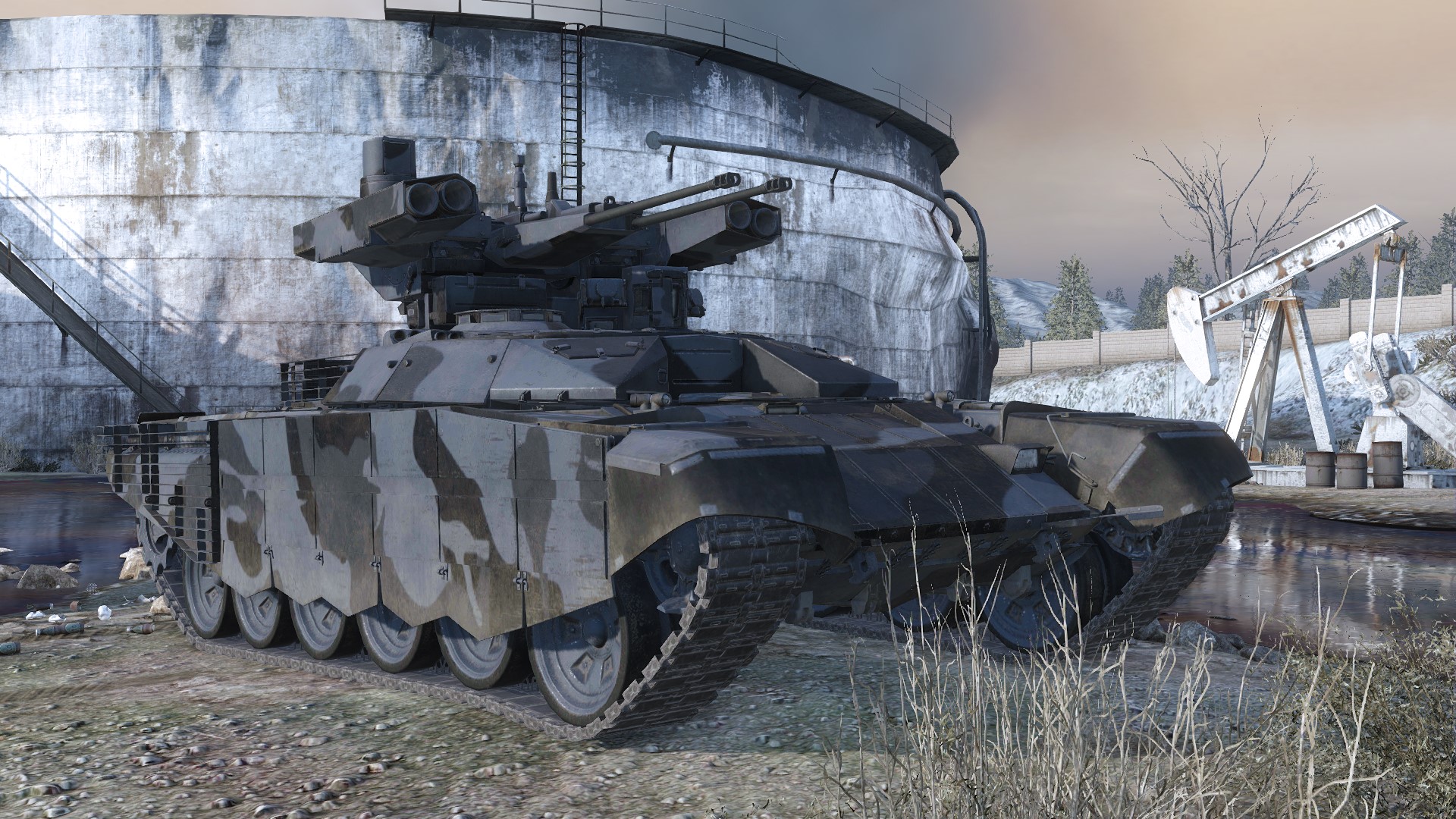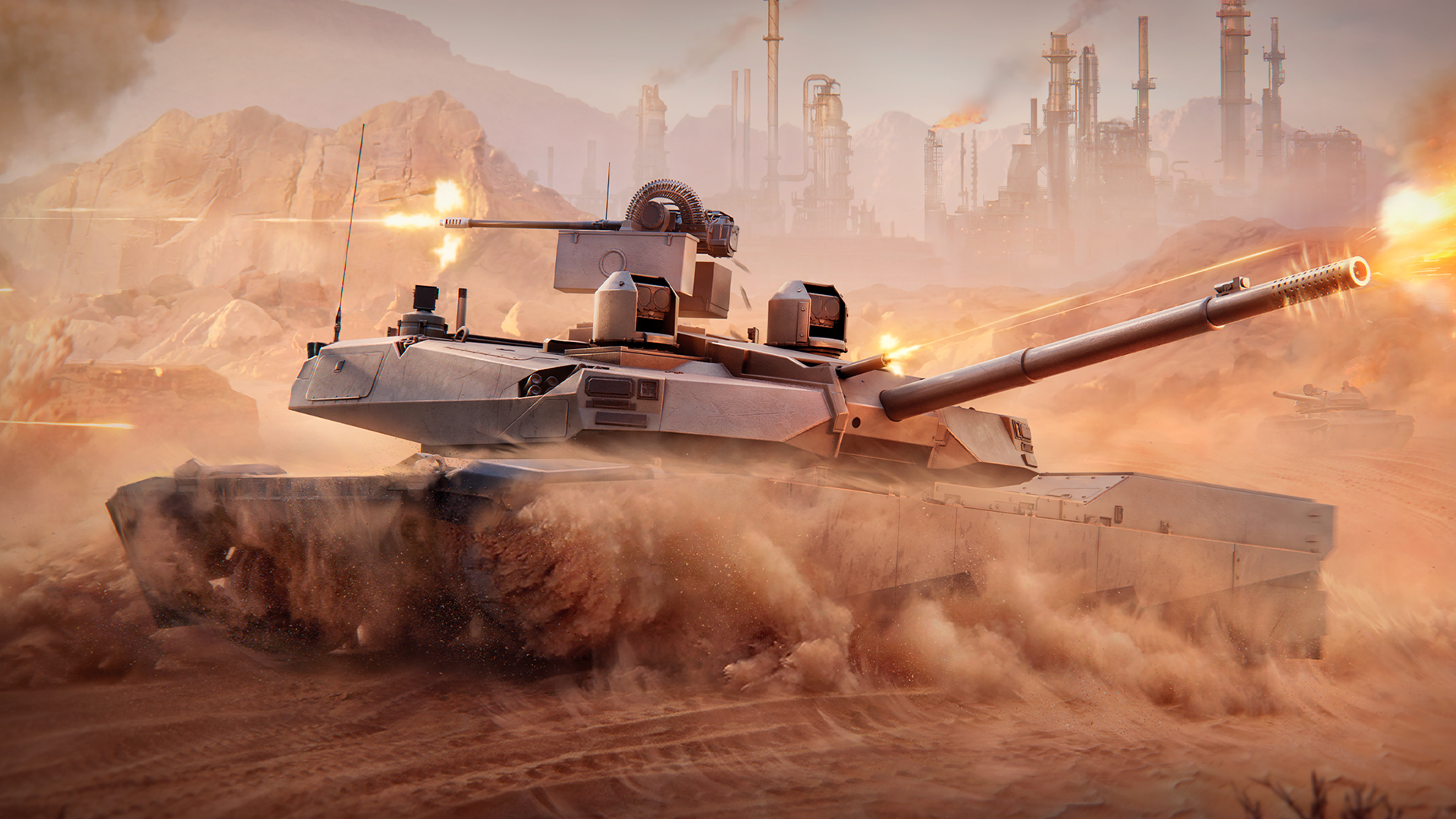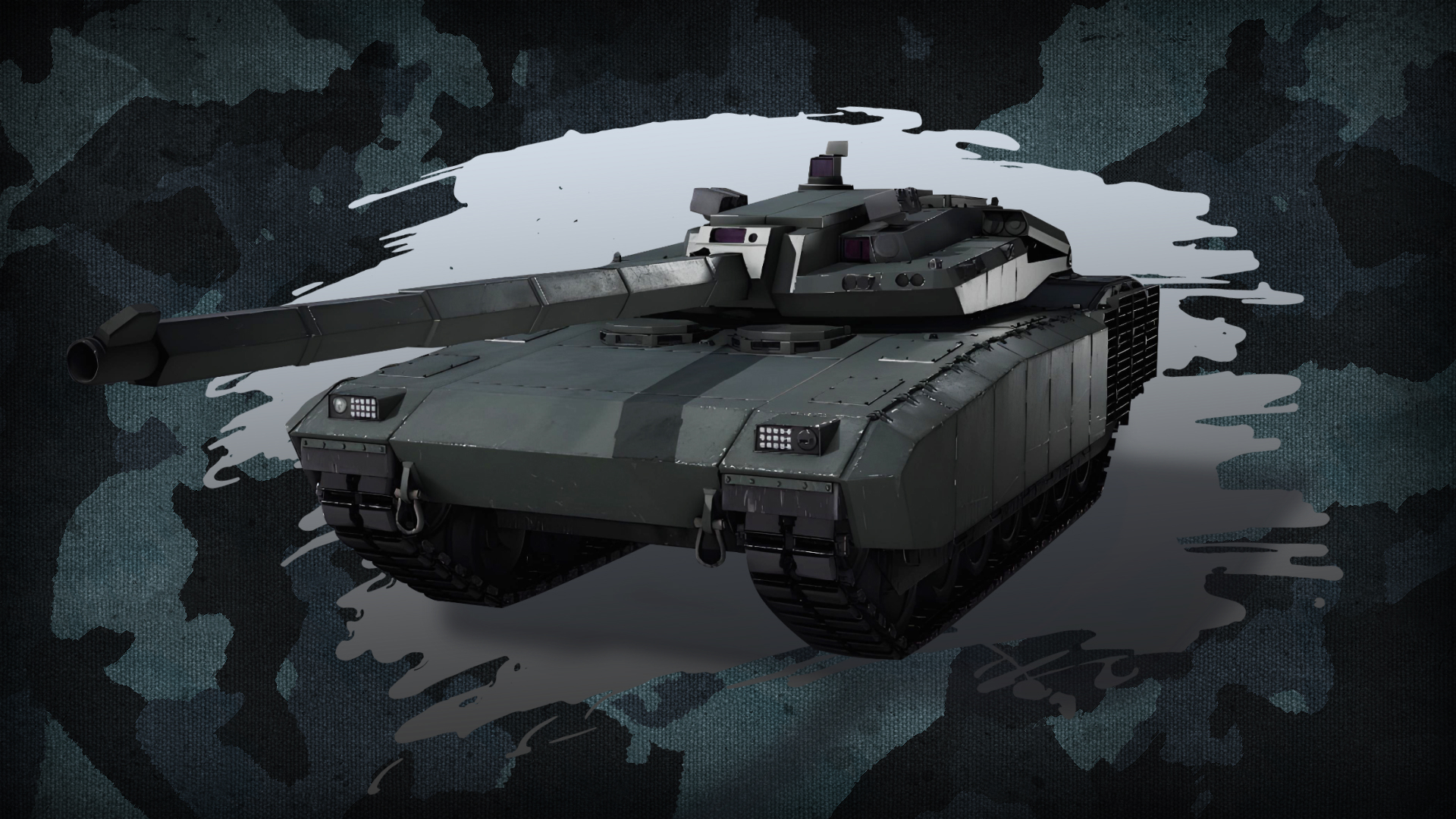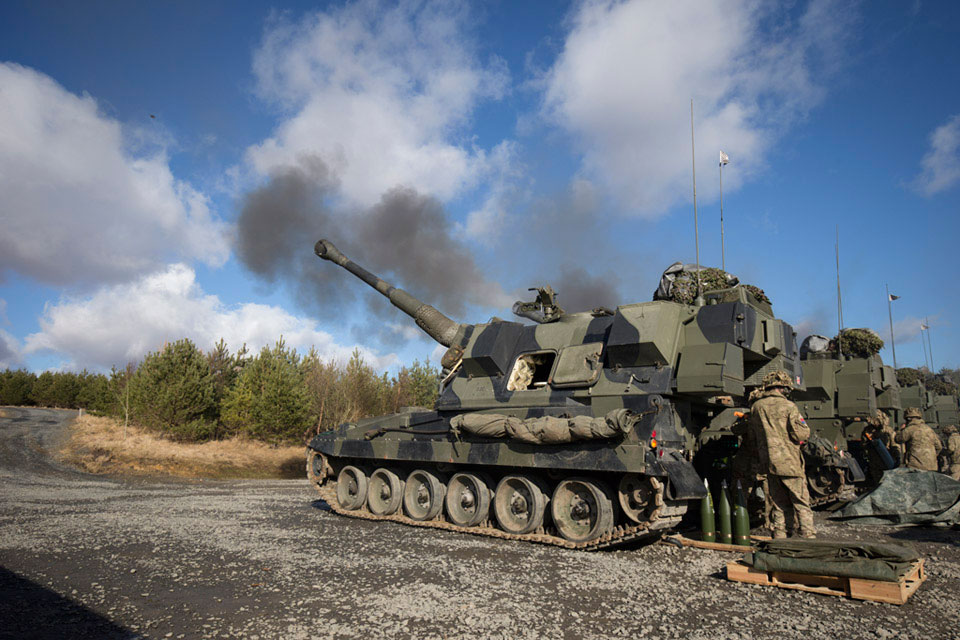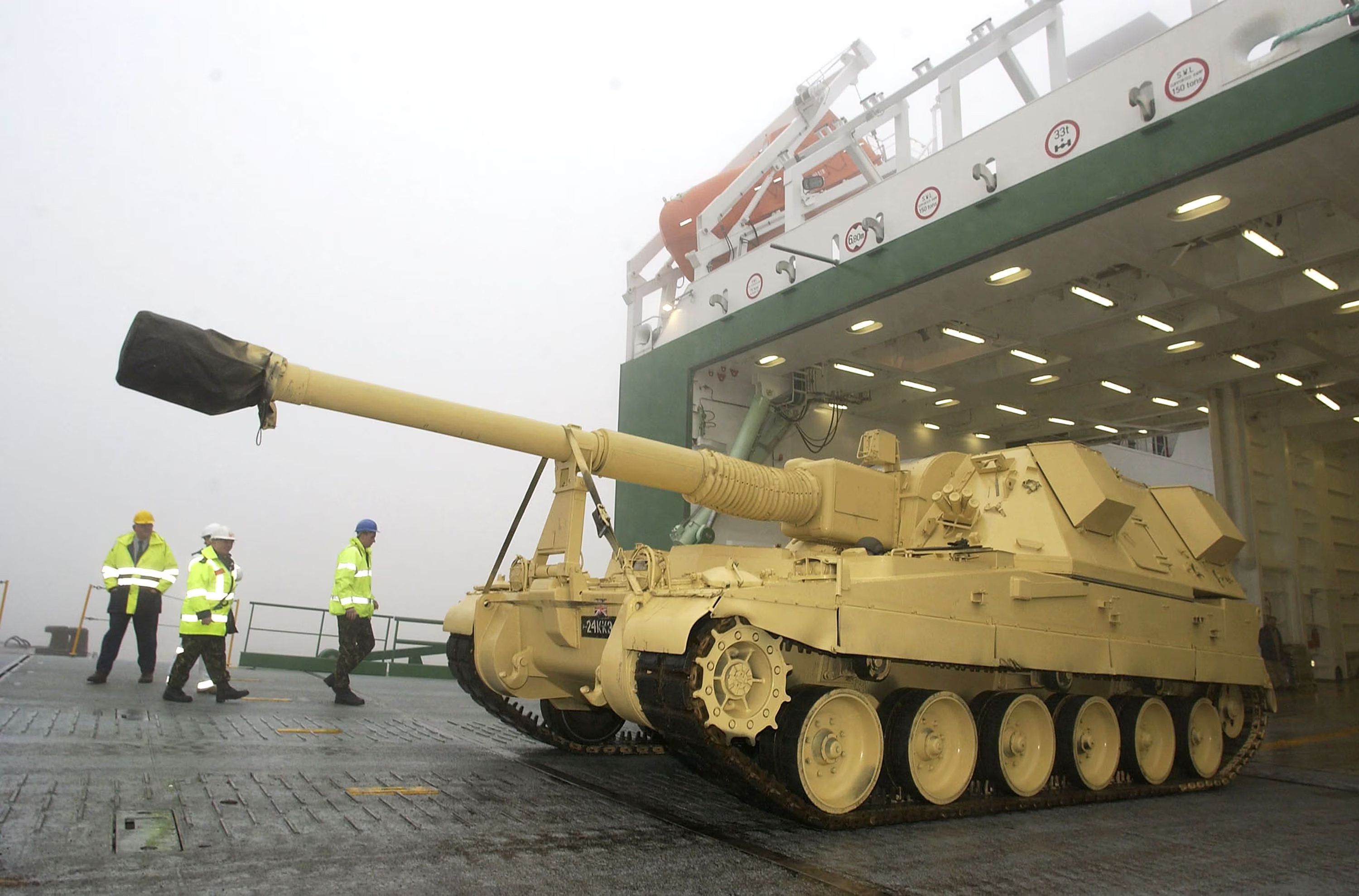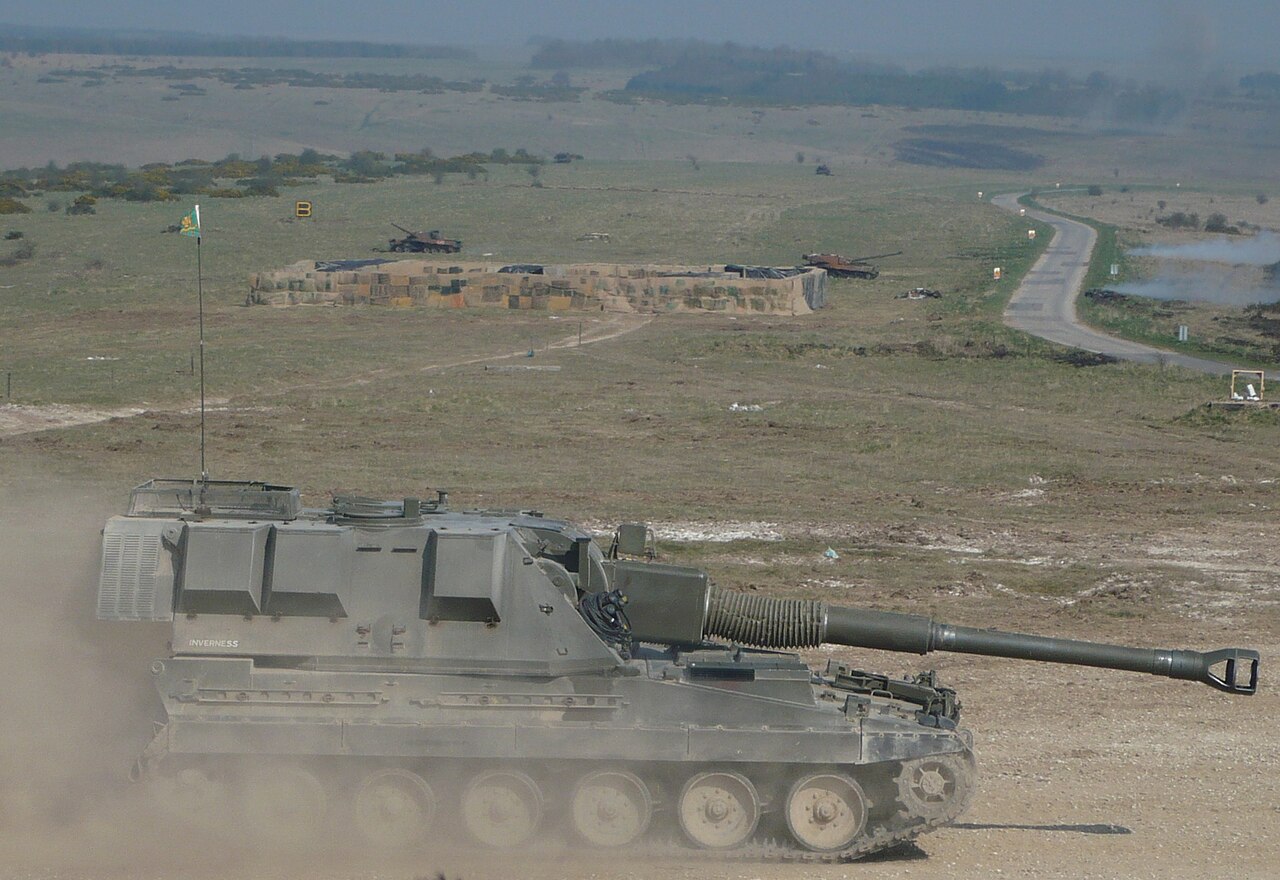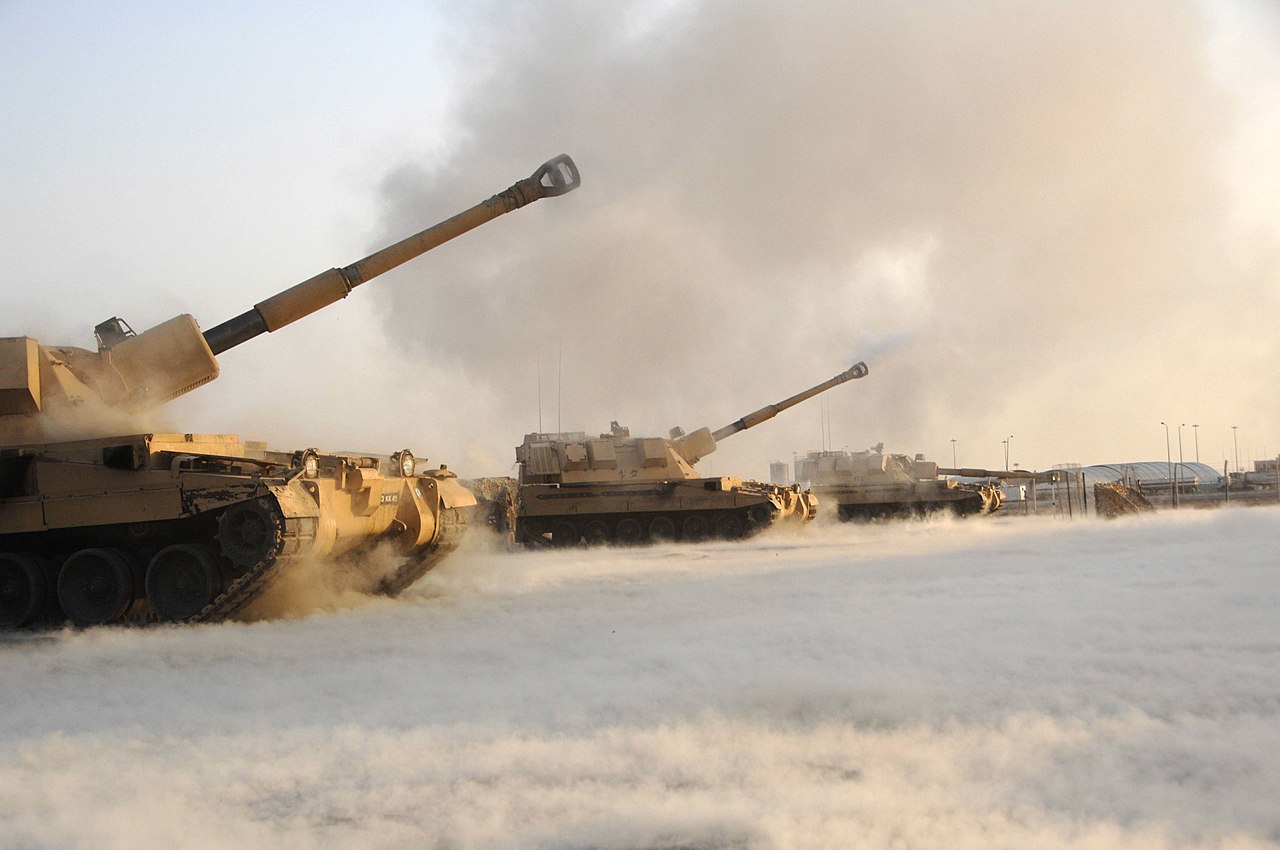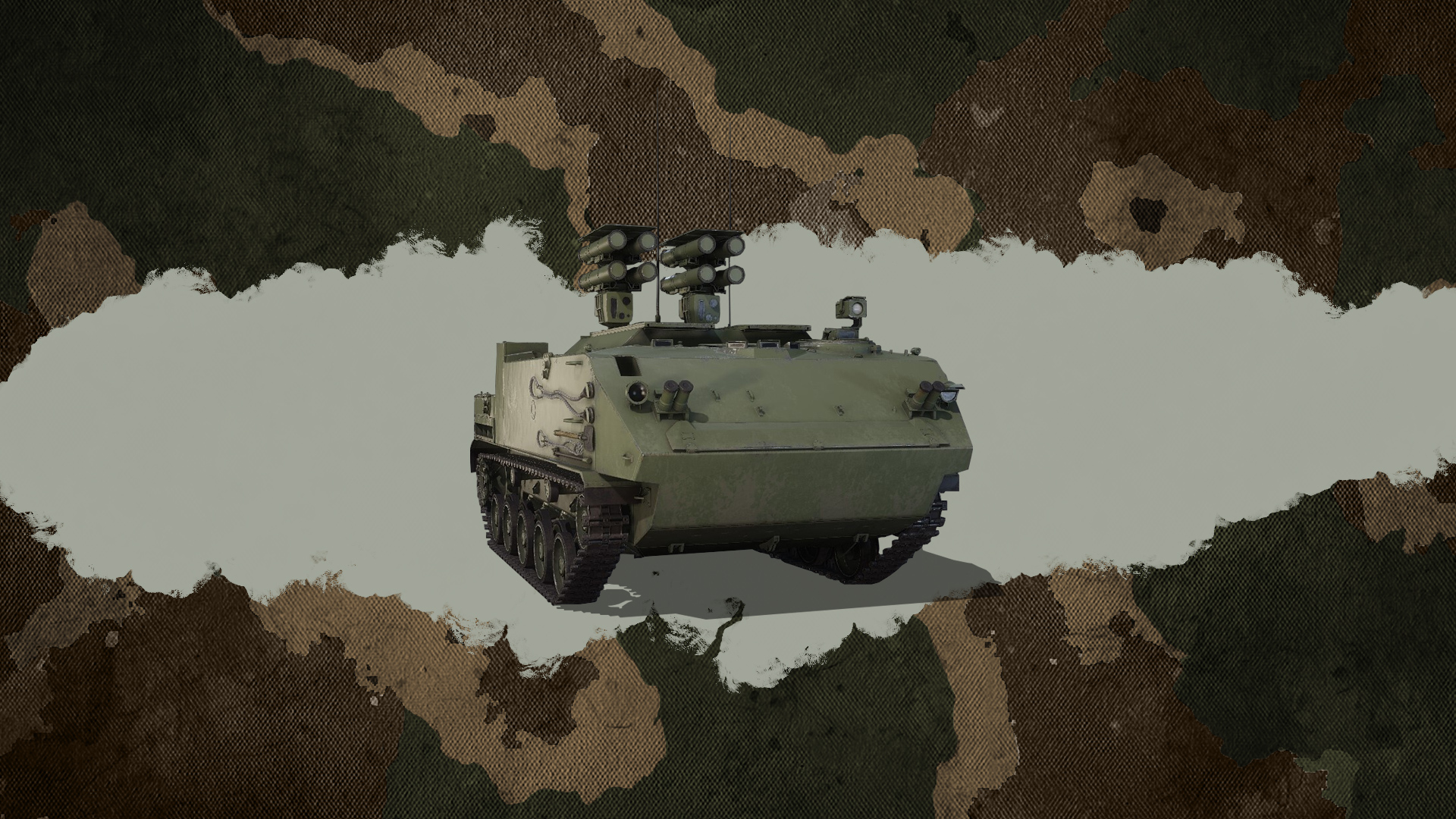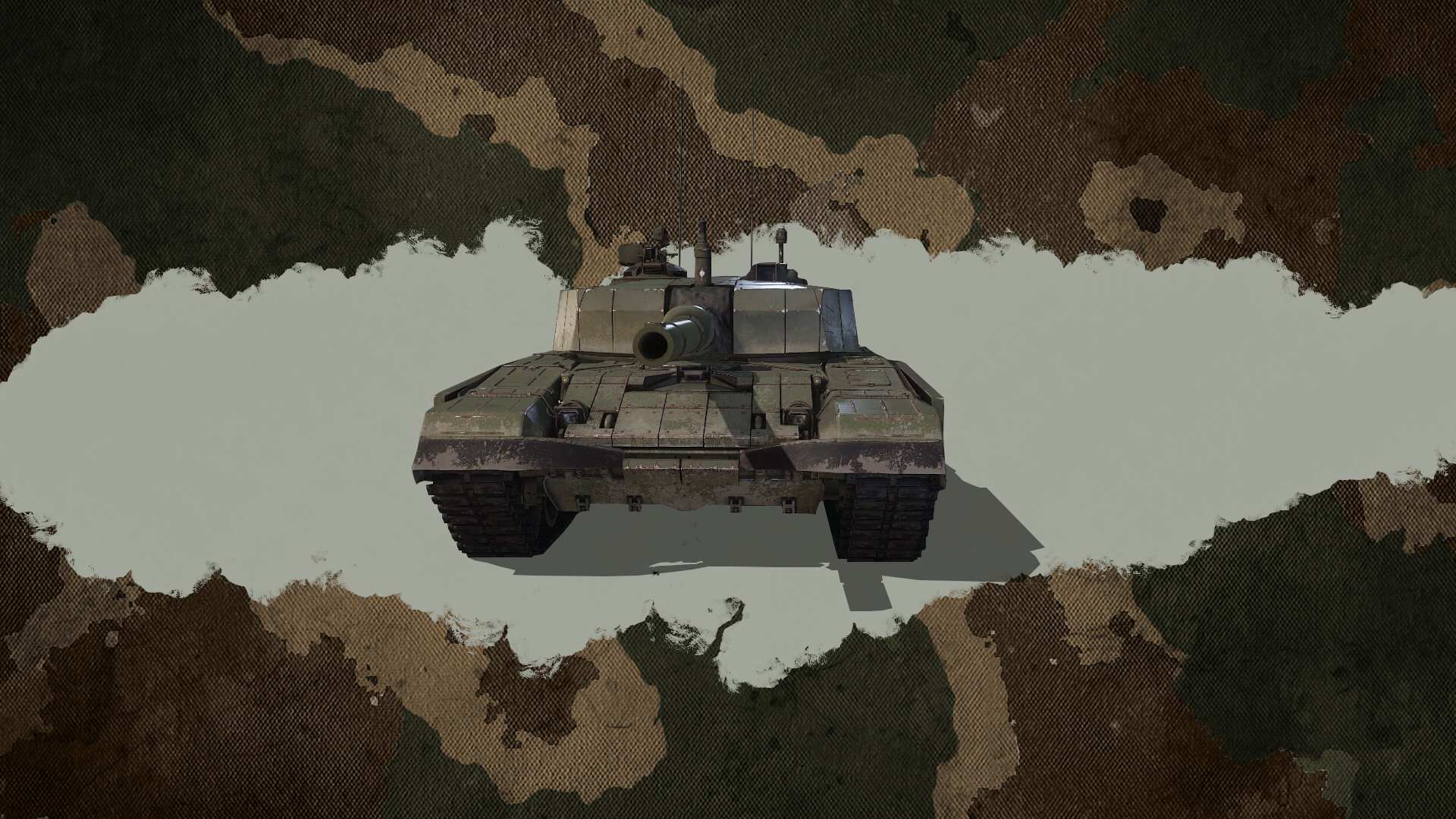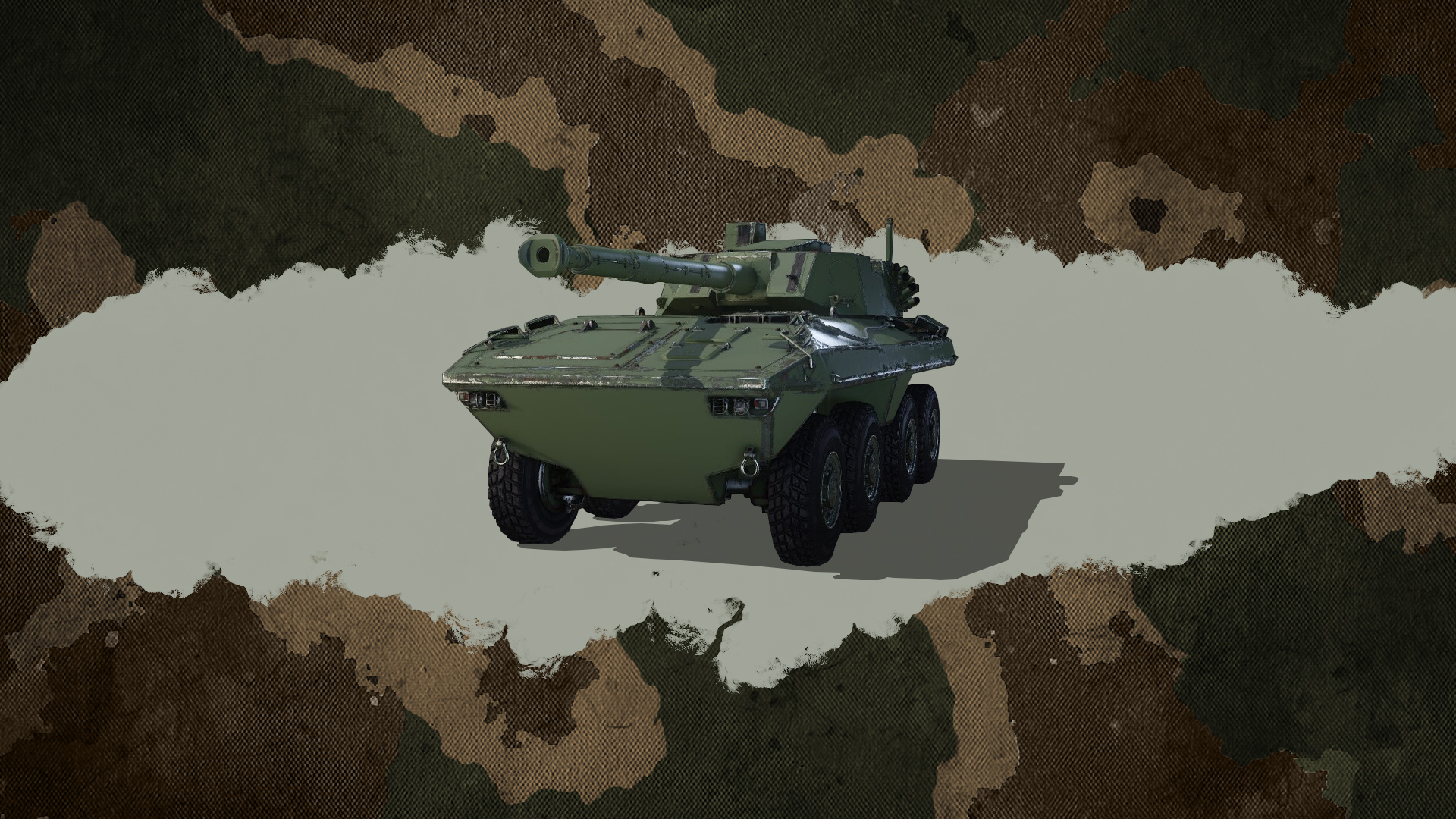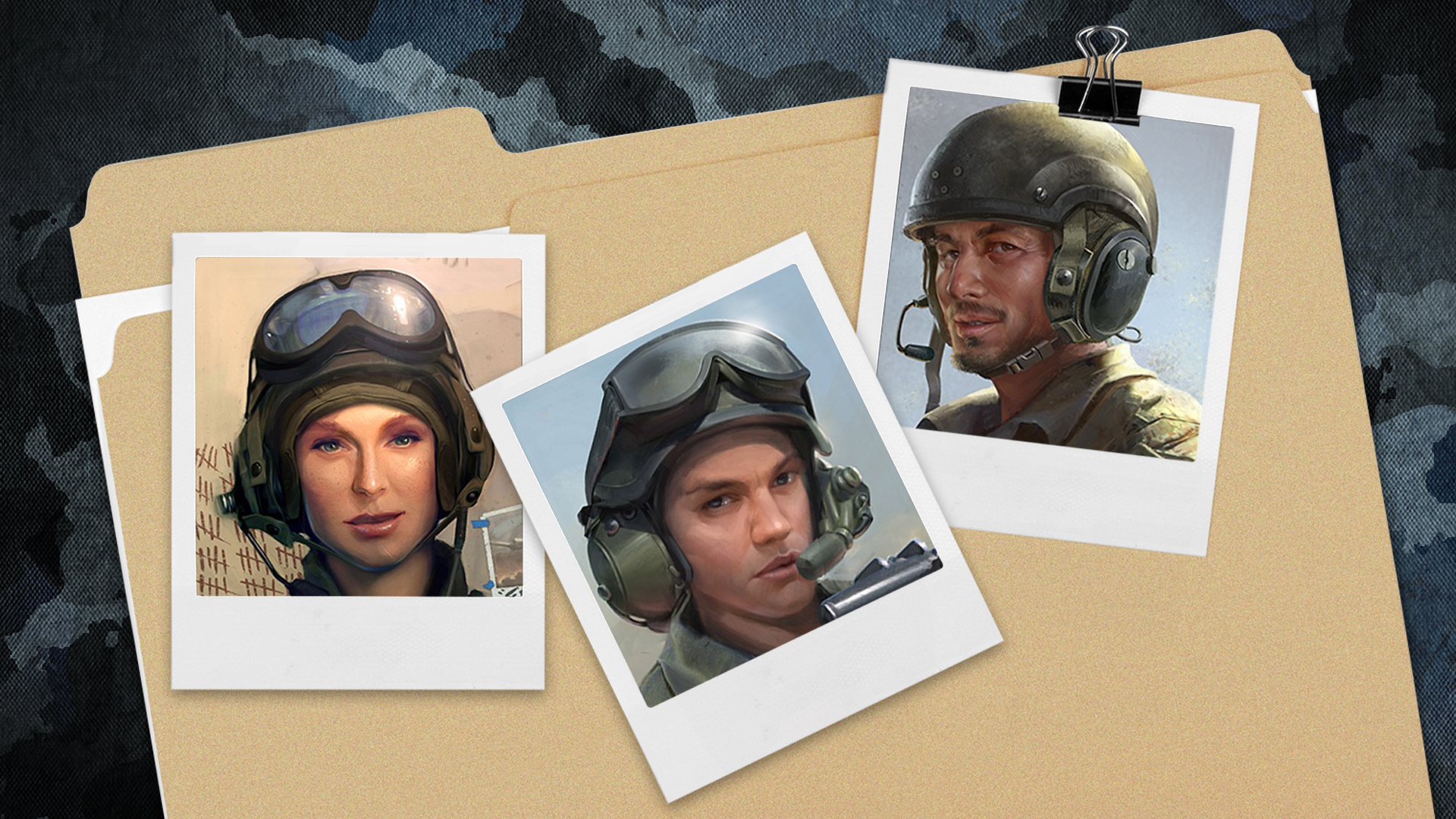In Development: Drones
Commanders!
Years ago, the battlefields of Armored Warfare were changed forever by the introduction of Mechanized Infantry and now they are about to be changed again with the appearance of a new game mechanic – Drones.
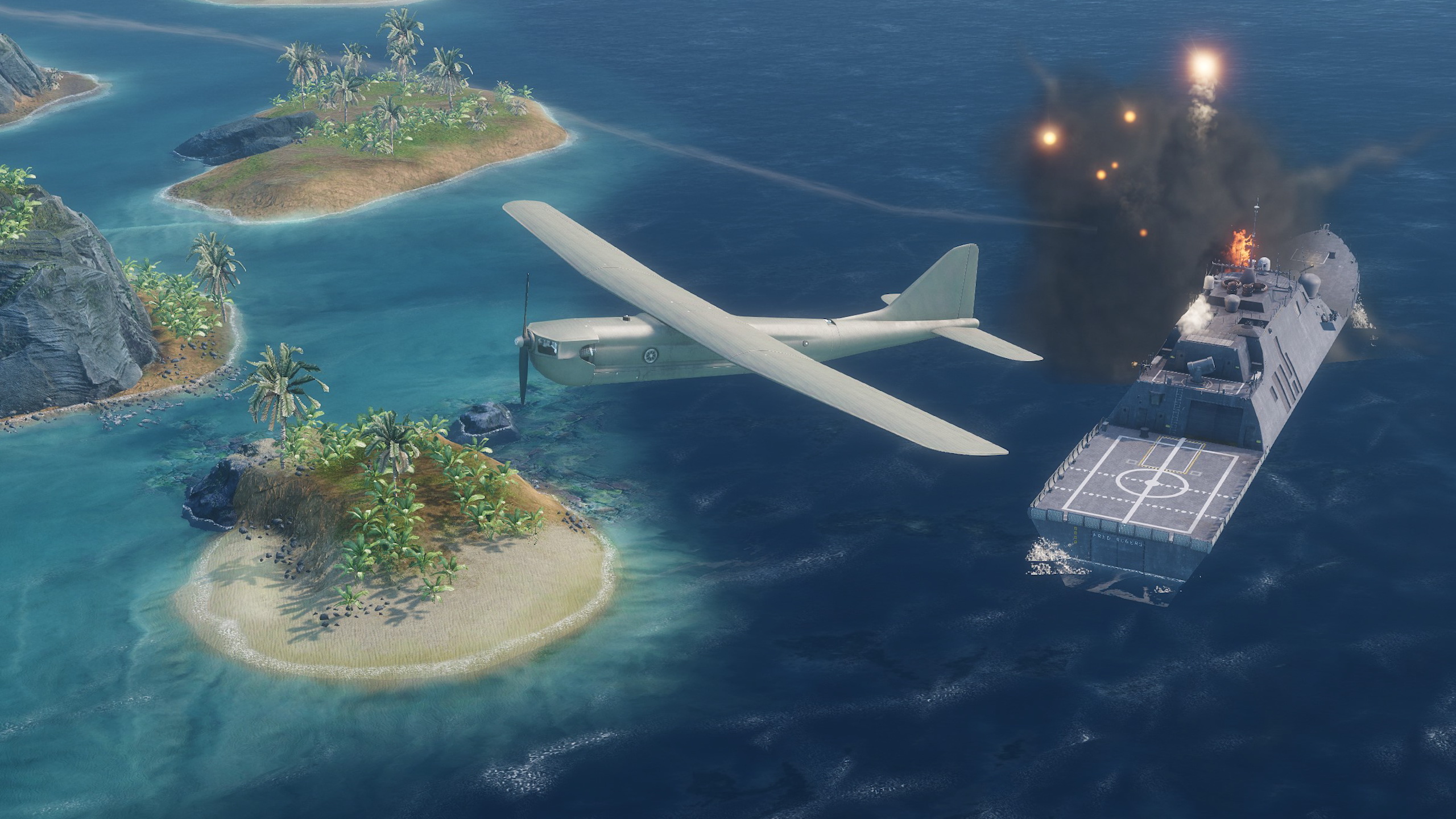
In a sense, this feature reflects the fact that the concept of war itself was forever changed with the Ukraine conflict and the mass use of drones in it. On a modern battlefield, drones are everywhere – from tiny, lightning-fast FPV drones to large unmanned aircraft patrolling the skies.
In the initial phases of the conflict, large drones such as the Turkish Bayraktar were used successfully but the opposing air defenses quickly adapted to their appearance and the focus shifted towards smaller, cheaper suicide drones carrying warheads potent enough to knock out a tank. One of the best examples of this drone type is the Lancet drone that is fully capable of knocking out pretty much any MBT on the battlefield.
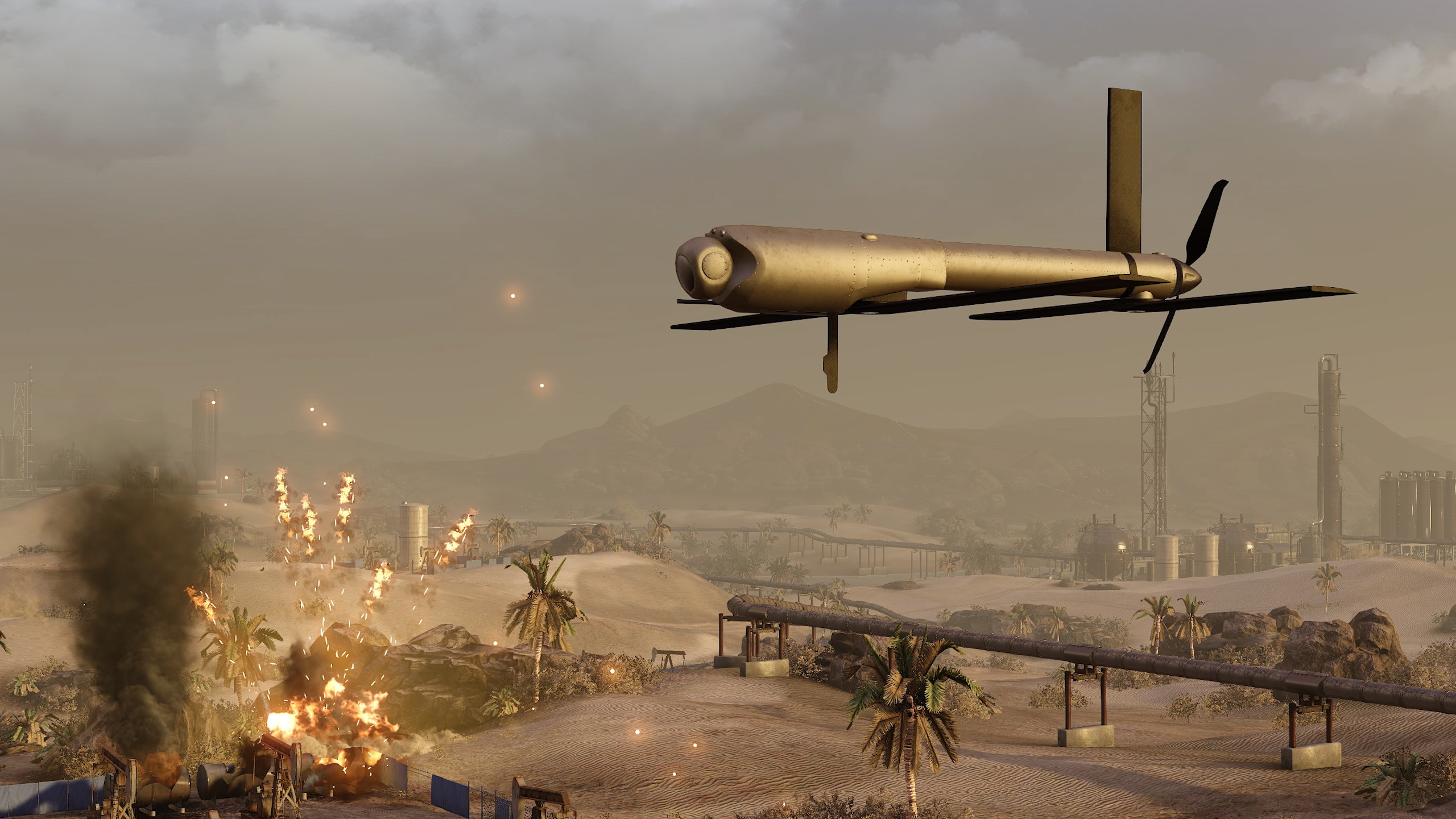
On the other hand, electronic warfare became more important than ever with multiple drones knocked out of the sky or even taken over by the enemy using sophisticated jammers now also deployed almost everywhere. And so the face of war changes – and Armored Warfare with it. Here’s how.
Much like Mechanized Infantry, the Drones will be deployed as an Active Ability. That will be one of the first decisions you’ll have to make. For vehicles with different abilities, will you take a drone or perhaps something else such as Mechanized Infantry? The actual use of the ability is very simple. You have a limited amount of drones. Once in battle, hold the Control button and left-click on the minimap where you want to send the drone. A yellow flag will appear on the map. A countdown will start, after which your drone will appear in flight at the edge of the map (it’ll be initially flying generally from the direction of your base to your position).
[previewyoutube][/previewyoutube]
The drone will then fly towards the designated area. There are two general drone categories we have developed:
The recon drones do exactly what you might expect. They fly towards the designated area and, once there, start spotting the enemies beneath it in a certain radius. It’s worth noting that, unlike vehicle spotting, the damage done to the targets spotted by drones does not count as assist damage (same case as with the QN506).
The attack drones fly towards the designated area and attack anything they come across there (within their engagement radius). If the drones encounter an enemy target on their way before reaching the area, they will attack it instead. First they will start circling around it, looking to attack the weak area that’s vulnerable to their HEAT warhead (typically the rear or the engine deck). They will, however, initially only attack when they deem it appropriate so you can evade them by hiding your weaker areas or just moving around. At some point they will attempt to attack anyway – this attack can be evaded by simply moving (in which case the drone will crash into the ground).
[previewyoutube][/previewyoutube]
It’s important to note that all drones can be shot down. In the air, you can recognize incoming hostile drones by the red frame and map icon. And this is where HEAB (airburst) ammunition comes in handy because it’s designed specifically for this task. Vehicles with this ammunition will have an advantage although it’s possible to shoot any drone down with any rapid-firing weapon or a machinegun. Hard-kill APS will also work against them (although each drone counts as an incoming ATGM, so Swarm drones have a distinctive advantage here).
[previewyoutube][/previewyoutube]
We have developed four specific drone types you’ll be able to choose from.
And that’s pretty much it. We are planning to conduct a limited test in the near future where the Drone ability will be given to two vehicles:
We are looking forward to your feedback and, as always:
See you on the battlefield!
Years ago, the battlefields of Armored Warfare were changed forever by the introduction of Mechanized Infantry and now they are about to be changed again with the appearance of a new game mechanic – Drones.

In a sense, this feature reflects the fact that the concept of war itself was forever changed with the Ukraine conflict and the mass use of drones in it. On a modern battlefield, drones are everywhere – from tiny, lightning-fast FPV drones to large unmanned aircraft patrolling the skies.
In the initial phases of the conflict, large drones such as the Turkish Bayraktar were used successfully but the opposing air defenses quickly adapted to their appearance and the focus shifted towards smaller, cheaper suicide drones carrying warheads potent enough to knock out a tank. One of the best examples of this drone type is the Lancet drone that is fully capable of knocking out pretty much any MBT on the battlefield.

On the other hand, electronic warfare became more important than ever with multiple drones knocked out of the sky or even taken over by the enemy using sophisticated jammers now also deployed almost everywhere. And so the face of war changes – and Armored Warfare with it. Here’s how.
Much like Mechanized Infantry, the Drones will be deployed as an Active Ability. That will be one of the first decisions you’ll have to make. For vehicles with different abilities, will you take a drone or perhaps something else such as Mechanized Infantry? The actual use of the ability is very simple. You have a limited amount of drones. Once in battle, hold the Control button and left-click on the minimap where you want to send the drone. A yellow flag will appear on the map. A countdown will start, after which your drone will appear in flight at the edge of the map (it’ll be initially flying generally from the direction of your base to your position).
[previewyoutube][/previewyoutube]
The drone will then fly towards the designated area. There are two general drone categories we have developed:
- Recon drones
- Attack drones
The recon drones do exactly what you might expect. They fly towards the designated area and, once there, start spotting the enemies beneath it in a certain radius. It’s worth noting that, unlike vehicle spotting, the damage done to the targets spotted by drones does not count as assist damage (same case as with the QN506).
The attack drones fly towards the designated area and attack anything they come across there (within their engagement radius). If the drones encounter an enemy target on their way before reaching the area, they will attack it instead. First they will start circling around it, looking to attack the weak area that’s vulnerable to their HEAT warhead (typically the rear or the engine deck). They will, however, initially only attack when they deem it appropriate so you can evade them by hiding your weaker areas or just moving around. At some point they will attempt to attack anyway – this attack can be evaded by simply moving (in which case the drone will crash into the ground).
[previewyoutube][/previewyoutube]
It’s important to note that all drones can be shot down. In the air, you can recognize incoming hostile drones by the red frame and map icon. And this is where HEAB (airburst) ammunition comes in handy because it’s designed specifically for this task. Vehicles with this ammunition will have an advantage although it’s possible to shoot any drone down with any rapid-firing weapon or a machinegun. Hard-kill APS will also work against them (although each drone counts as an incoming ATGM, so Swarm drones have a distinctive advantage here).
[previewyoutube][/previewyoutube]
We have developed four specific drone types you’ll be able to choose from.
- Recon Drones behave the way we described above. They are relatively slow but fly quite high, which makes them difficult to shoot down for anything without sufficient gun elevation. Once targeted, however, they go down almost instantly. They are modeled after the Orlan drone
- Swarm Drones, as their name suggests, fly in the swarms of 3 and are the weakest attack drone category with poor penetration and low damage. However, they are very fast and therefore very difficult to evade or shoot down. They are modeled after the Warmate drone
- Medium Drones are fairly fast but not as fast or agile as the Swarm drones. They deal decent damage but not as much as a Heavy drone. In short, they are quite universal. They are modeled after the Lancet drone
- Heavy Drones are the slowest of the attack drones, but they are also quite heavy and deal a lot of damage upon impact. It’s worth noting that they will withstand several machinegun hits so using an autocannon to get rid of them is preferable. They will also not fare as well as the other types in urban environments so this is something that needs to be taken into account. They are modeled after the Switchblade 600 drone
And that’s pretty much it. We are planning to conduct a limited test in the near future where the Drone ability will be given to two vehicles:
- T-15 Armata
- Boxer RIWP
We are looking forward to your feedback and, as always:
See you on the battlefield!
